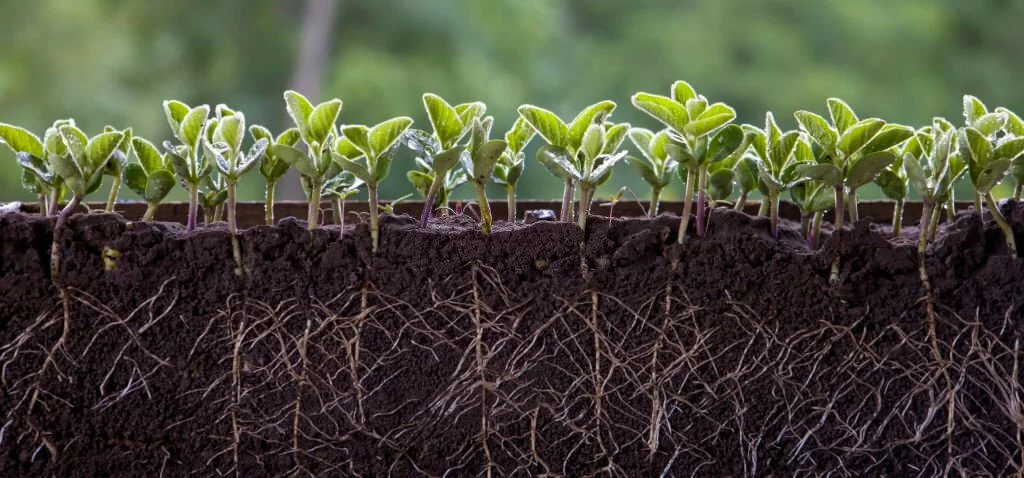Roots, though often hidden from view, are the unsung heroes of the natural world. They serve as anchors, providing stability and a lifeline to the Earth’s life forms. Yet, their significance goes far beyond mere support. In this exploration, we’ll venture beneath the surface to uncover the vital role that roots play in the realm of the living. From plants and trees to ecosystems and cultures, understanding what has roots is a journey into the heart of life itself.
The World Beneath the Surface
Below the green canopies and earthy landscapes, a world teems with activity, a world that’s ruled by roots. Roots are the hidden architects of stability, responsible for anchoring plants firmly in the soil. This underground network is more than just a foundation; it’s a lifeline. Roots absorb water, nutrients, and minerals, ensuring the plant’s survival and growth. They also function as storage units, holding reserves for lean times and helping plants withstand drought or unfavorable conditions. In the intricate realm of root systems, diversity reigns. Different plants, from grasses with their fibrous roots to oaks with their sturdy taproots, have evolved root systems tailored to their unique needs and environments.
The Rooted Kingdom: Plants and Trees
When we think of what has roots, the first image that springs to mind is often a mighty oak tree or a field of vibrant wildflowers. These towering trees and delicate blossoms are indeed anchored by roots, serving as the lifeblood of their existence. In the rooted kingdom of plants and trees, the diversity is astounding. While some trees like oaks extend deep taproots into the ground, providing stability and access to water, others, such as palms, rely on extensive, fibrous root systems that help them withstand strong winds and capture moisture near the surface. Additionally, trees like the coastal mangrove have unique root adaptations, growing partially submerged in saline water, showing the incredible resilience of roots. From the grandeur of the redwoods to the understated elegance of daisies, the rooted world of plants and trees offers an intricate tapestry of life interconnected by the common thread of roots.
Beyond the Green: Other Rooted Life Forms
Roots aren’t exclusive to the world of plants and trees. In the rich tapestry of life, other rooted entities exist, often in less conspicuous forms. Fungi, for instance, extend thread-like structures known as mycelium into the ground, serving as nature’s recyclers by breaking down organic matter and facilitating nutrient cycling. These mycorrhizal relationships between fungi and plants are crucial for the health of forests and ecosystems. Additionally, certain bacteria also have root-like structures called rhizoids, which play a pivotal role in soil stabilization and nutrient absorption in aquatic environments. Beyond the lush green landscapes, these often-overlooked rooted life forms contribute to the intricate web of life and demonstrate the adaptability and interconnectedness of all living things.
The Human Connection: Rooted in Tradition
Humans, too, recognize the profound significance of roots, not only in the natural world but in culture, tradition, and symbolism. We use the term “roots” to refer to our familial and ancestral ties, acknowledging the importance of our personal histories and the foundation from which we grow. In culinary traditions, roots have provided sustenance for millennia, from the humble potato and carrot to the exotic yam and taro. They are staples that have nourished countless generations. Additionally, many cultures hold rituals and ceremonies that honor the concept of roots, signifying a deep connection to their heritage and the land. The concept of being rooted in tradition is a testament to the enduring significance of roots in human society.
Conclusion
Roots, hidden beneath the surface, are a testament to the intricate web of life on Earth. They serve as the foundation upon which much of life relies, from towering trees to microscopic fungi, and they resonate with human culture and history. As we journey through the natural world and explore the importance of roots, we discover that they are not just an aspect of nature; they are a reflection of life’s interwoven tapestry. Understanding what has roots, both in the natural world and in our human connections, allows us to appreciate the depths of our connection to the Earth and to one another. The significance of roots goes beyond the physical; it is a reminder of the profound ties that bind us to the world around us.



